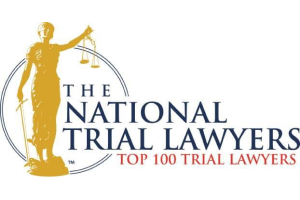Understanding Reckless Endangerment Charges in New York City
Reckless endangerment is a serious criminal offense in New York City, encompassing actions that pose significant risks to others’ safety. The New York Penal Law delineates two degrees of reckless endangerment, each with distinct legal definitions and associated penalties.
Second-Degree Reckless Endangerment (NY Penal Law § 120.20)
Second-degree reckless endangerment occurs when an individual recklessly engages in conduct that creates a substantial risk of serious physical injury to another person.
Classification and Penalties:
- Offense Level: Class A misdemeanor
- Potential Penalties:
- Up to 364 days in jail
- Fines up to $1,000
- Probation for up to 3 years
- Community service
Even though it’s a misdemeanor, a conviction can result in a permanent criminal record, potentially impacting employment opportunities, housing, and other aspects of life.
First-Degree Reckless Endangerment (NY Penal Law § 120.25)
First-degree reckless endangerment is defined as recklessly engaging in conduct that creates a grave risk of death to another person, under circumstances evincing a depraved indifference to human life.
Classification and Penalties:
- Offense Level: Class D felony
- Potential Penalties:
- Imprisonment ranging from 2⅓ to 7 years for first-time offenders
- Longer sentences for individuals with prior felony convictions
- Fines and restitution
- Probation for up to 5 years
A felony conviction carries significant long-term consequences, including loss of certain civil rights, difficulties in securing employment, and challenges in obtaining professional licenses.
Legal Considerations and Defense Strategies
Defending against reckless endangerment charges involves scrutinizing the specific circumstances of the alleged conduct. Potential defense strategies may include:
- Lack of Recklessness: Demonstrating that the defendant’s actions did not constitute a reckless disregard for safety.
- Absence of Risk: Arguing that the conduct did not create a substantial or grave risk to others.
- Factual Impossibility: Establishing that, despite appearances, the actions could not have resulted in harm (e.g., an unloaded firearm).
- Self-Defense: Asserting that the actions were taken to protect oneself or others from imminent harm.
Given the complexities of these cases and the severe penalties involved, it’s crucial to consult with an experienced criminal defense attorney who can navigate the legal system and advocate effectively on your behalf.
Conclusion
Reckless endangerment charges in New York City carry serious implications, whether classified as a misdemeanor or felony. Understanding the legal definitions, potential penalties, and available defenses is essential for anyone facing such charges. Prompt legal consultation can make a significant difference in the outcome of the case. Matthew Galluzzo is a former Manhattan prosecutor and experienced criminal defense attorney. If you or a loved one have been accused of reckless endangerment crimes, you should strongly consider engaging him for your defense..







